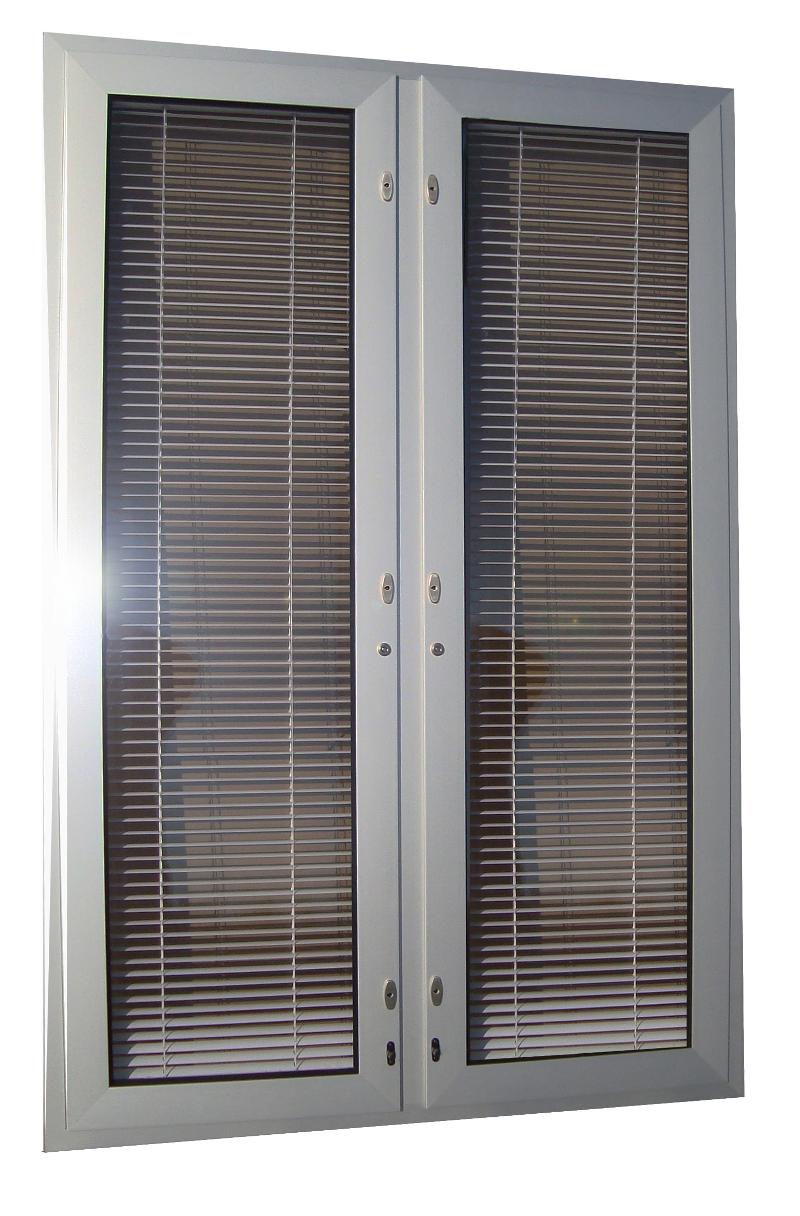Nowhere is ventilation more important than in hospital patient rooms.
The American Institute of Architects (AIA) "Guidelines for Design and Construction of Hospital and Health Care Facilities," and the National Fire Protection Association (NFPA) "Life Safety Code Handbook" have eliminated requirements for operating windows to provide emergency ventilation for patient rooms in the case of fire. However, project-specific conditions and limitations should be considered, and Wausau often recommends that operable windows be provided in patient rooms.
Addressing this topic, the American Architectural Manufacturers Association's "Planning for Patient Safety" brochure is available for download at no charge. Visit http://www.aamanet.org/pubstore/PPS-1-05.pdf.
Smoke Control Methods
Fans and smoke dampers are the "first line of defense" against the spread of smoke from room-to-room, and are designed to protect occupants in other areas. These same provisions naturally slow the exhaust ventilation of the area near the fire, and evacuation of patients and staff is considered by NFPA to be impractical in most cases.
NFPA requires that "engineered smoke control" systems be fully tested on a periodic basis, and designed as "fail-safe" in a power outage or equipment failure. The designer should assess the incremental costs involved in analysis, equipment and installation, as well as the adequacy of the smoke exhaust rate in a fire emergency.
Glass Breakage
 In its new edition, NFPA determined that fixed glass could be broken out in case of emergency, for ventilation in typical patient rooms.While on the surface, this seems sensible, there are several practical concerns and liability issues, especially since the "emergency responder" is a typically member of the nursing staff.
In its new edition, NFPA determined that fixed glass could be broken out in case of emergency, for ventilation in typical patient rooms.While on the surface, this seems sensible, there are several practical concerns and liability issues, especially since the "emergency responder" is a typically member of the nursing staff.
Even annealed ¼ inch glass is difficult to break, unless employing a heavy object or other tool with a sharp, tough edge, which may not be readily at hand. Fully tempered safety glass is even more difficult to break. Laminated acoustical glass, hurricane impact-resistant glass, psychiatric glass or polycarbonate will present an effectively impenetrable barrier to occupants and staff. In an unsuccessful attempt to break any type of glass, the potential exists for the impacting object used to "bounce back" and injure the nurse or patient.
Operable windows can, of course, be re-closed if an emergency such as a small fire needs to be contained. Unfortunately, if the glass needs to be broken to provide ventilation, the opening cannot be re-blocked.
Natural Ventilation
While operable hospital windows primarily are intended for emergency use in the case of fire, there are other situations in which patients, visitors, nurses or other staff may desire natural ventilation. In addition, some operable window types are designed so that maintenance personnel can clean the outside glass surface from the interior.
In many parts of the U.S., natural ventilation offers a seasonal opportunity for air-conditioning energy savings, if it's included as part of the HVAC design, balancing and operating plan. Recognizing their sustainable design benefits, the U.S. Green Building Council LEED® Rating System awards points for operable windows in the "Ventilation Effectiveness" and "Controllability of Systems" Credit categories.
Summary

A balanced assessment of operable windows versus "break out" fixed glazing or mechanical emergency ventilation is in the best interest of the building team, owner, staff, occupants, and local protective services.